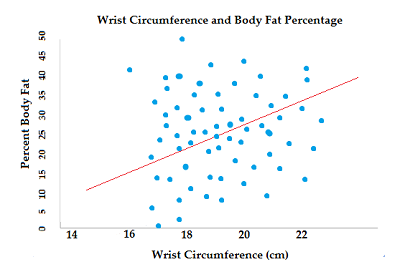解释变量(Explanatory Variable)
转自:http://www.statisticshowto.com/explanatory-variable/
What is an Explanatory Variable?
An explanatory variable is a type of independent variable. The two terms are often used interchangeably. But there is a subtle difference between the two. When a variable is independent, it is not affected at all by any other variables. When a variable isn’t independent for certain, it’s an explanatory variable.
Let’s say you had two variables to explain weight gain: fast food and soda. Although you might think that eating fast food intake and drinking soda are independent of each other, they aren’t really. That’s because fast food places encourage you to buy a soda with your meal. And if you stop somewhere to buy a soda, there’s often a lot of fast food options like nachos or hot dogs. Although these variables aren’t completely independent of each other, they do have an effect on weight gain. They are called explanatory variables because they may offer some explanation for the weight gain.
The line between independent variables and explanatory variables is usually so unimportant that no one ever bothers. That’s unless you’re doing some advanced research involving lots of variables that can interact with each other. It can be very important in clinical research. For most cases, especially in statistics, the two terms are basically the same.
Explanatory Variables vs. Response Variables
The response variable is the focus of a question in a study or experiment. An explanatory variable is one that explains changes in that variable. It can be anything that might affect the response variable. Let’s say you’re trying to figure out if chemo or anti-estrogen treatment is better procedure for breast cancer patients. The question is: which procedure prolongs life more? And so survival time is the response variable. The type of therapy given is the explanatory variable; it may or may not affect the response variable. In this example, we have only one explanatory variable: type of treatment. In real life you would have several more explanatory variables, including: age, health, weight and other lifestyle factors.
A scatterplot can help you see trends between paired data. If you have both a response variable and an explanatory variable, the explanatory variable is always plotted on the x-axis (the horizontal axis). The response variable is always plotted on the y-axis (the vertical axis).

If you look at the above image, you should be able to tell that wrist size isn’t a very good explanatory variable to predict body fat (the response variable). The red line in the image is the “line of best fit.” Although it runs through the middle of the spread of dots, most of the dots aren’t anywhere near it. This means that the explanatory variable really isn’t explaining anything.
On the other hand, how large a person’s thighs are is a better predictor of body fat. Even this isn’t perfect. Many very fit people have large thighs! See how closer the dots are to the red line of best fit.
Check out our Youtube channel for hundreds of statistics help videos!
Reference: J Wilson at UGA COE.
If you prefer an online interactive environment to learn R and statistics, this free R Tutorial by Datacamp is a great way to get started. If you’re are somewhat comfortable with R and are interested in going deeper into Statistics, try this Statistics with R track.


【推荐】国内首个AI IDE,深度理解中文开发场景,立即下载体验Trae
【推荐】编程新体验,更懂你的AI,立即体验豆包MarsCode编程助手
【推荐】抖音旗下AI助手豆包,你的智能百科全书,全免费不限次数
【推荐】轻量又高性能的 SSH 工具 IShell:AI 加持,快人一步
· AI与.NET技术实操系列(二):开始使用ML.NET
· 记一次.NET内存居高不下排查解决与启示
· 探究高空视频全景AR技术的实现原理
· 理解Rust引用及其生命周期标识(上)
· 浏览器原生「磁吸」效果!Anchor Positioning 锚点定位神器解析
· 全程不用写代码,我用AI程序员写了一个飞机大战
· DeepSeek 开源周回顾「GitHub 热点速览」
· 记一次.NET内存居高不下排查解决与启示
· MongoDB 8.0这个新功能碉堡了,比商业数据库还牛
· .NET10 - 预览版1新功能体验(一)